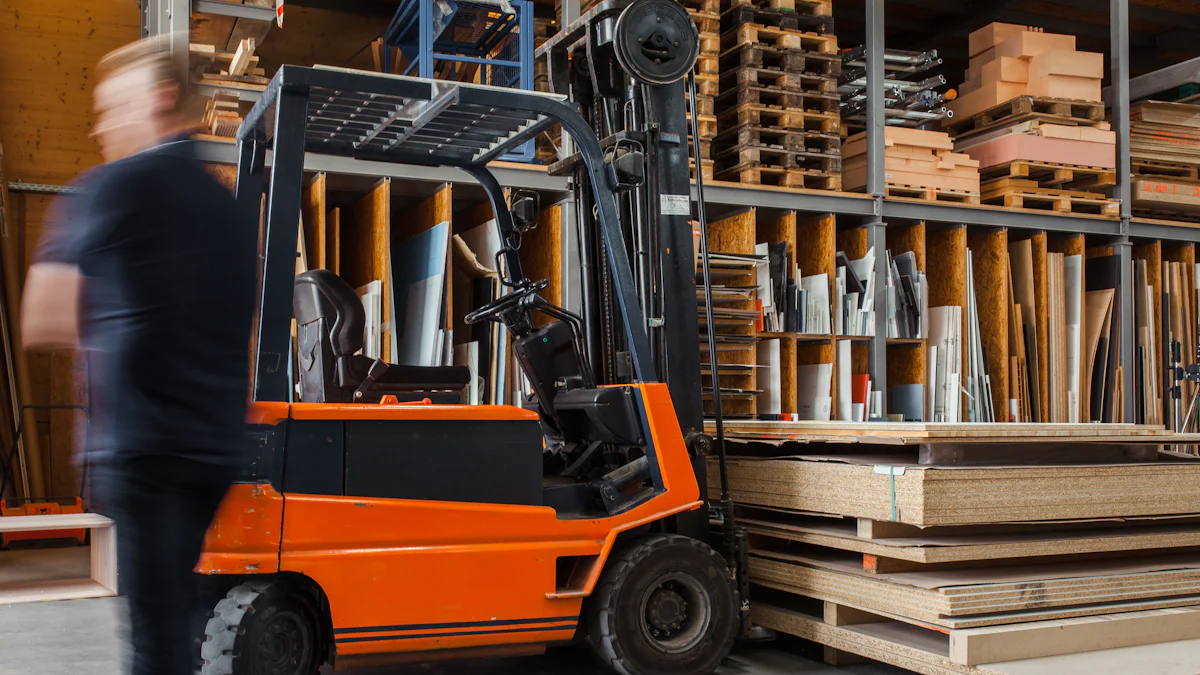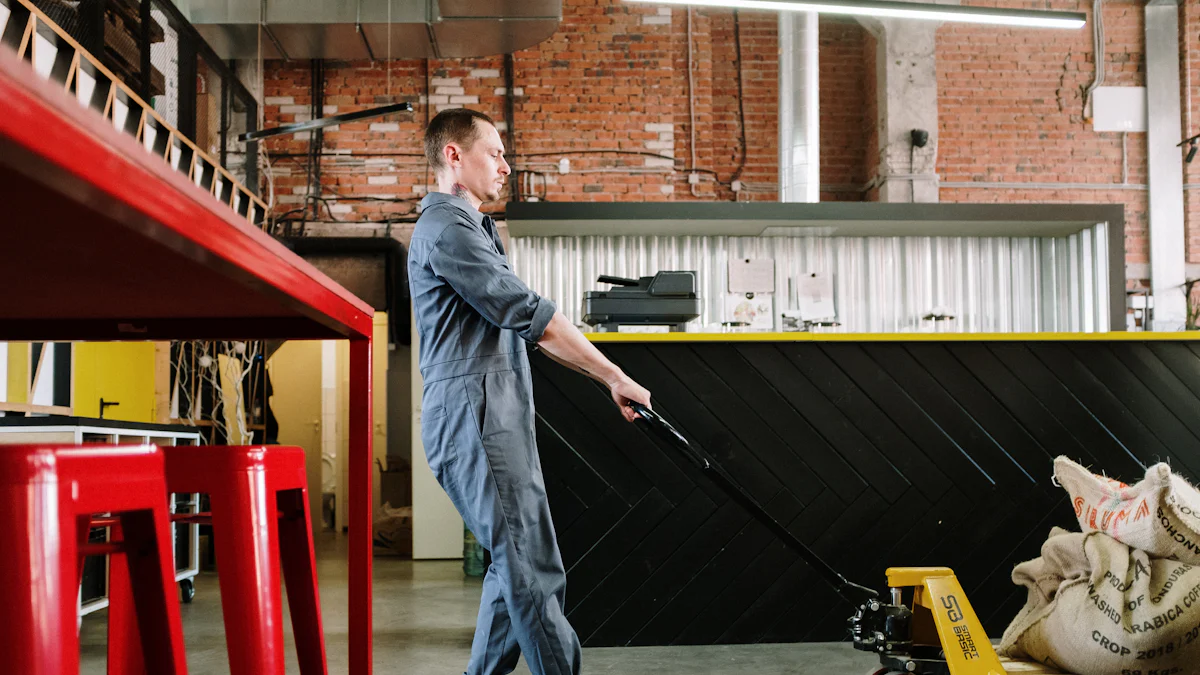
play a crucial role in material handling within warehouses, factories, and distribution centers. These manually operated machines facilitate the efficient movement of goods, contributing to streamlined operations and increased productivity. Choosing the right type of hand pallet truck for specific applications is vital. The decision impacts load capacity, maneuverability, and overall efficiency. No ka manawa, a

A
A
A double fork hand pallet truck includes two sets of forks. This design allows for handling larger loads and double pallets. 'Ōlelo. ^. Operators can spread the forks for side-by-side handling or bring them together for single pallet handling. This versatility makes double fork trucks suitable for high-volume operations. However, the design requires more space for maneuvering.
A
E hāʻawi pālua i nā pahu pākuʻi lima pākuʻi These trucks can handle loads ranging from 4,000 to 10,000 pounds. The double fork design provides enhanced stability for heavy-duty tasks. This increased capacity makes double fork trucks ideal for large-scale operations. The ability to handle double pallets efficiently adds to their appeal.
A
Double fork hand pallet trucks require more space for maneuvering. The larger design can pose challenges in tight areas. However, the ability to handle double pallets offsets this drawback. Pono nā mea hana e mālama pono i ka mālamaʻana i ka wā e hoʻokele ana i nā wahi paʻa. Proper training can mitigate maneuverability issues.
Loaʻa
A offers several benefits. The compact design allows for easy maneuverability in tight spaces. Operators can navigate narrow aisles and confined areas efficiently. The lightweight structure makes the truck easier to handle, reducing operator fatigue. The simplicity of the design ensures quick and efficient operations. Maintenance costs remain low due to fewer moving parts. The truck suits environments with even floors and lighter loads. Ka hoʻohanaʻana o
Loaʻa
. ^. ʻOi aku ka maikaʻi o nā kaʻa i nā kumukūʻai no ka hāʻawiʻana i nā helu nui o nā waiwai.
Ke noi a me ka hoʻohana
Uku uku
Hoʻolālā ErGonomic
. ^. Understanding specific needs and adhering to industry standards ensures optimal performance. Balancing initial investment with maintenance costs supports financial planning. Emphasizing safety features and ergonomic design promotes a secure and efficient work environment.
ʻO nā pilikia palekana. ^ E Ha yM. " - Luna
Post Time: Jul-15-2024
